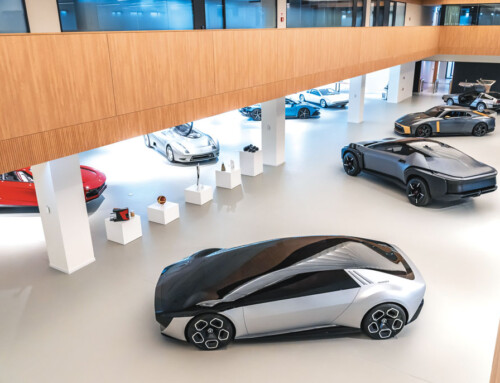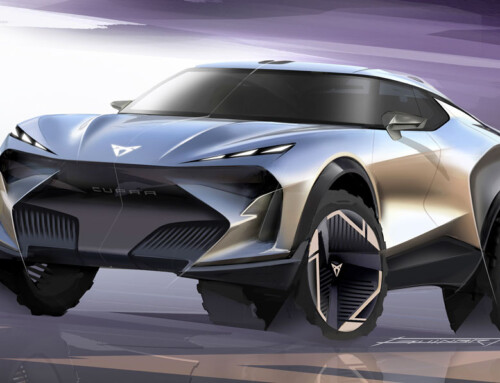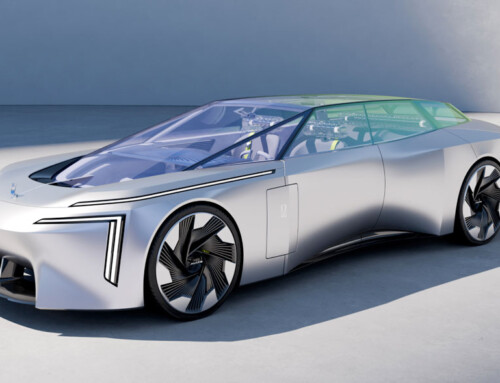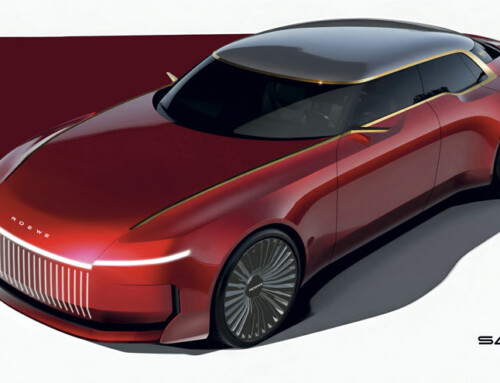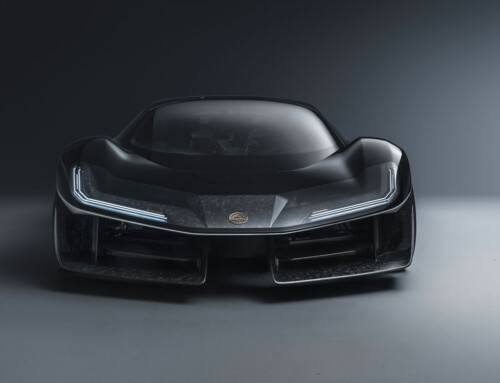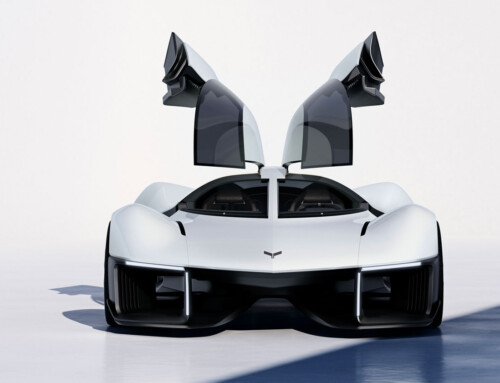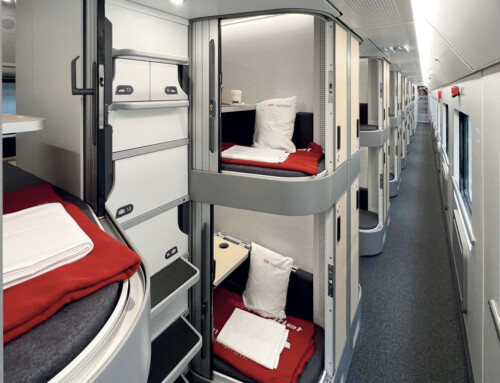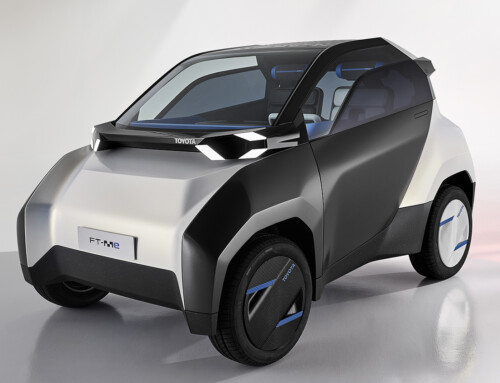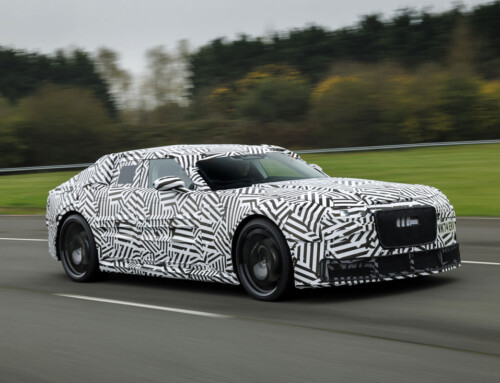
“Those designers,” Peugeot says, “draw on their experience and the personal pleasure of creating to bring pleasure to others”. Something I was 
The twin concepts, Asphalte and Touareg, reflect a common design, freely shared, and both men are enthusiastic about the outcome. Compared to Oxia and Proxima, which preceded them in other years and in which the traits of a sophisticated styling excercises were more apparent, Asphalte and Touareg are objects of design, i.e. the result of a technical and styling project, the key to whose conception, and therefore their understanding, is functional simplicity.
“At the start,” says Gunak, “we asked ourselves: these days, how can you interpret the pleasure that driving a car gives? Simple, go back to the roots, to the simplicity. It’s very important, or more precisely enlightening, for someone who designs cars, because today, with the technology, the technical perfection, cars are getting more and more sophisticated; and in part we’ve lost the pleasure of driving, of just going for a drive.
Nowadays the pleasure is focused on comfort, air-conditioning, comfortable and supportive seats, on all the various, never-ending options. Refinements such as anti-roll systems, electronic management and so on are all leading-edge and very expensive items. The theme we set ourselves was to rediscover the satisfaction of no-frills driving.”
Asphalte and Touareg, the former more visibly so, are vehicles of original but linear design, agreeably satisfying to the eye, with refreshingly unsophisticated build techniques. To this may be added their low cost. For the Asphalte everything is one-off specific, from the floorpan to the engine, a low-displacement unit taken from series production. “Because,” explains Welter, “it’s not a competition car, it’s for fun.”
The article continues in Auto & Design no. 101

